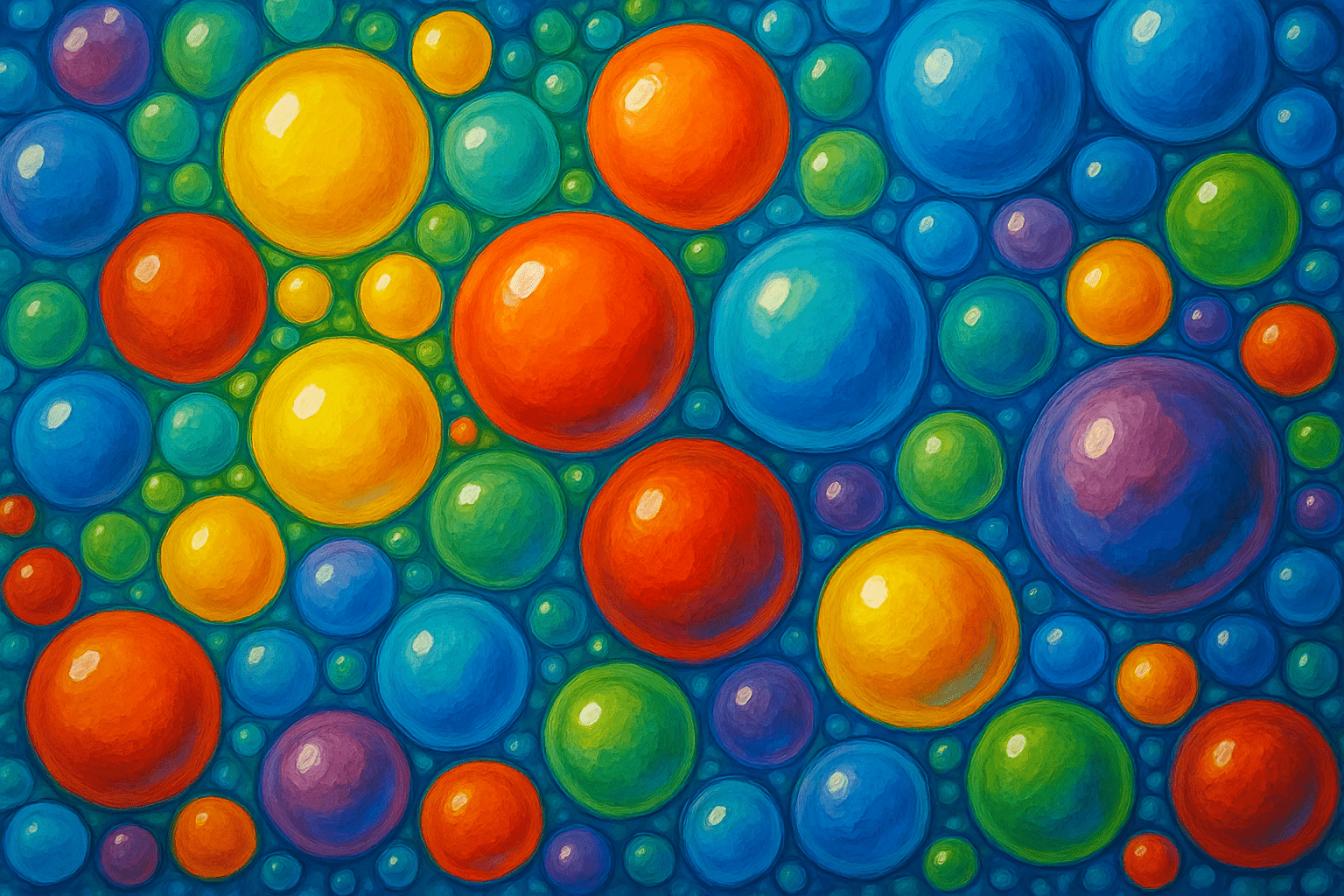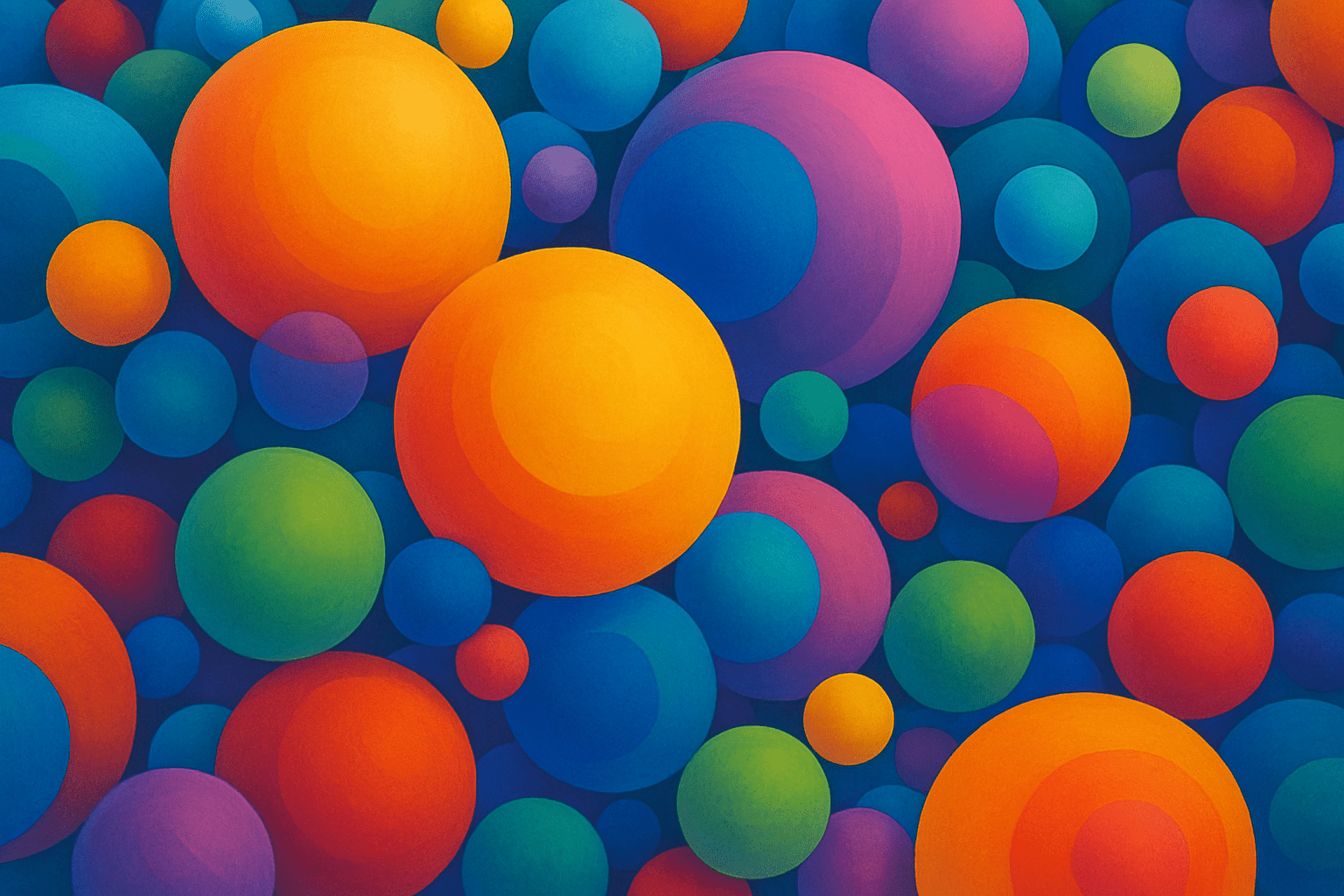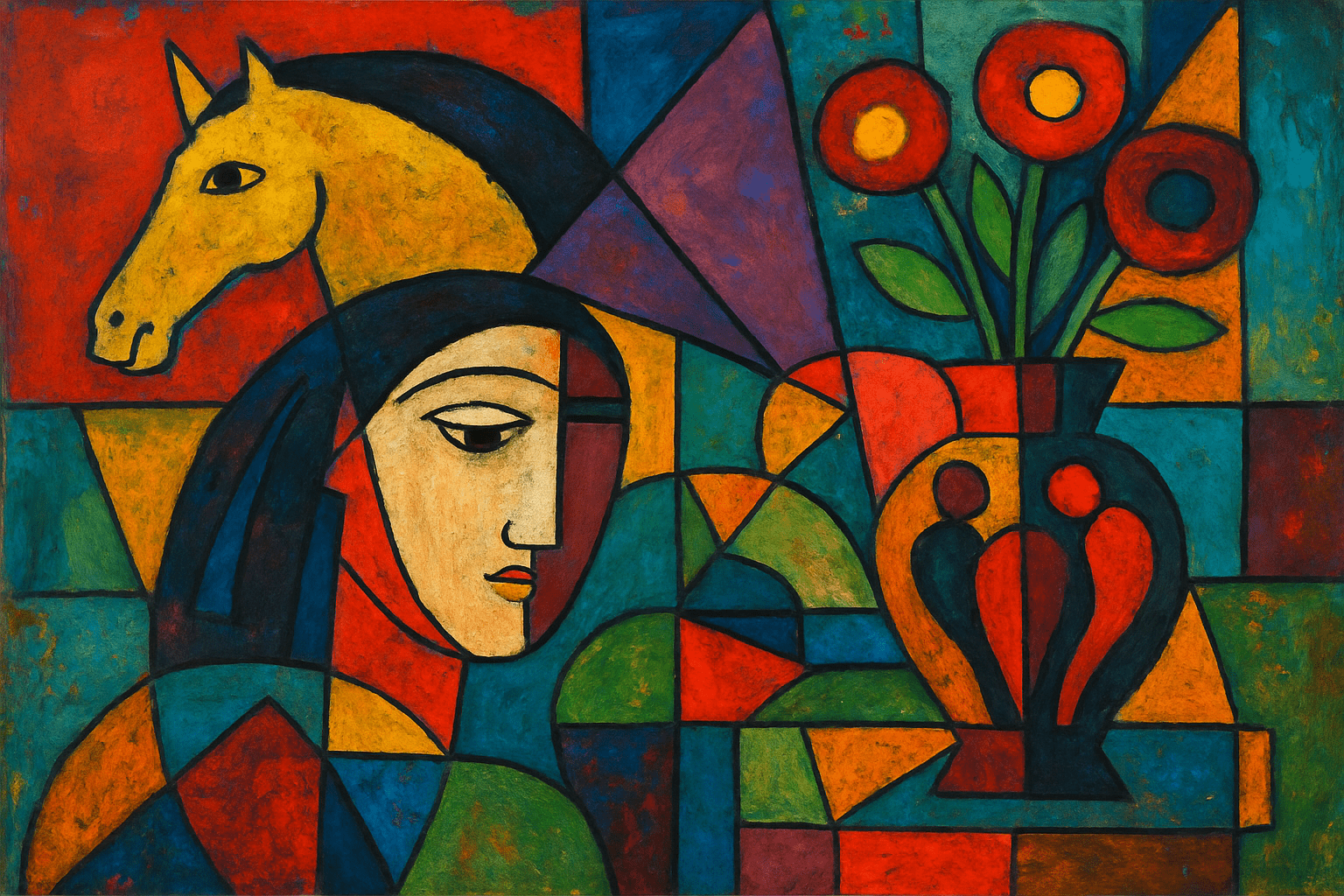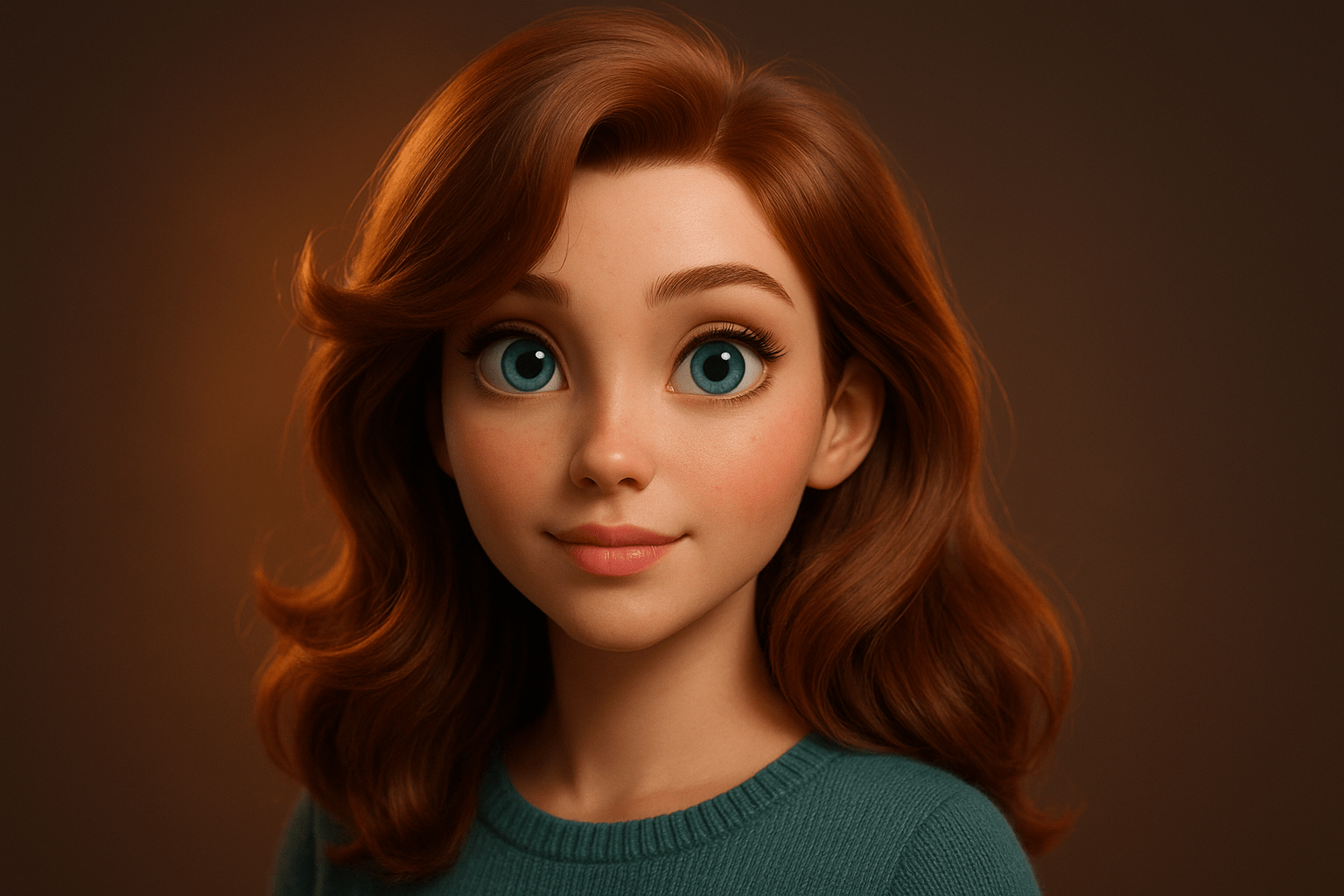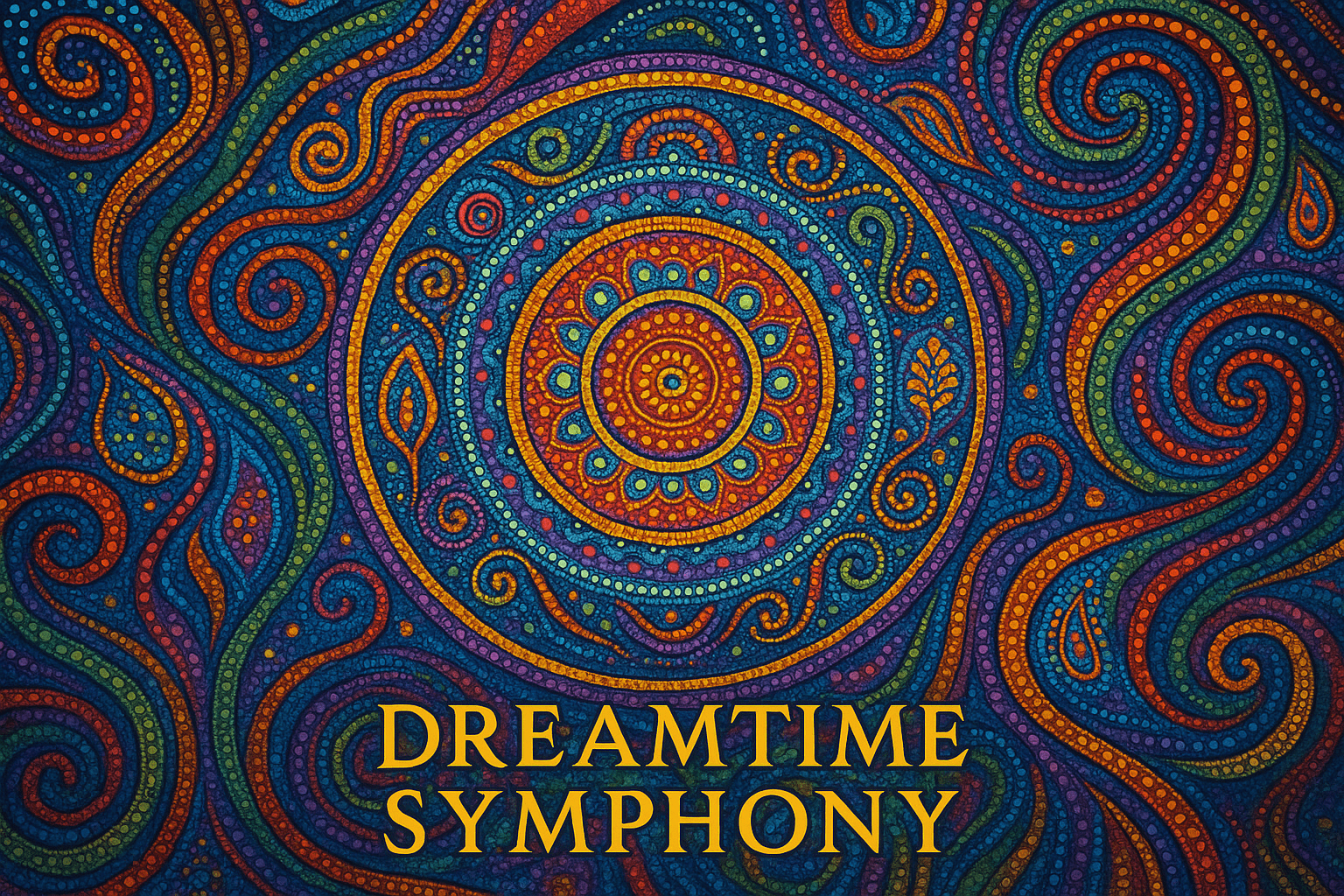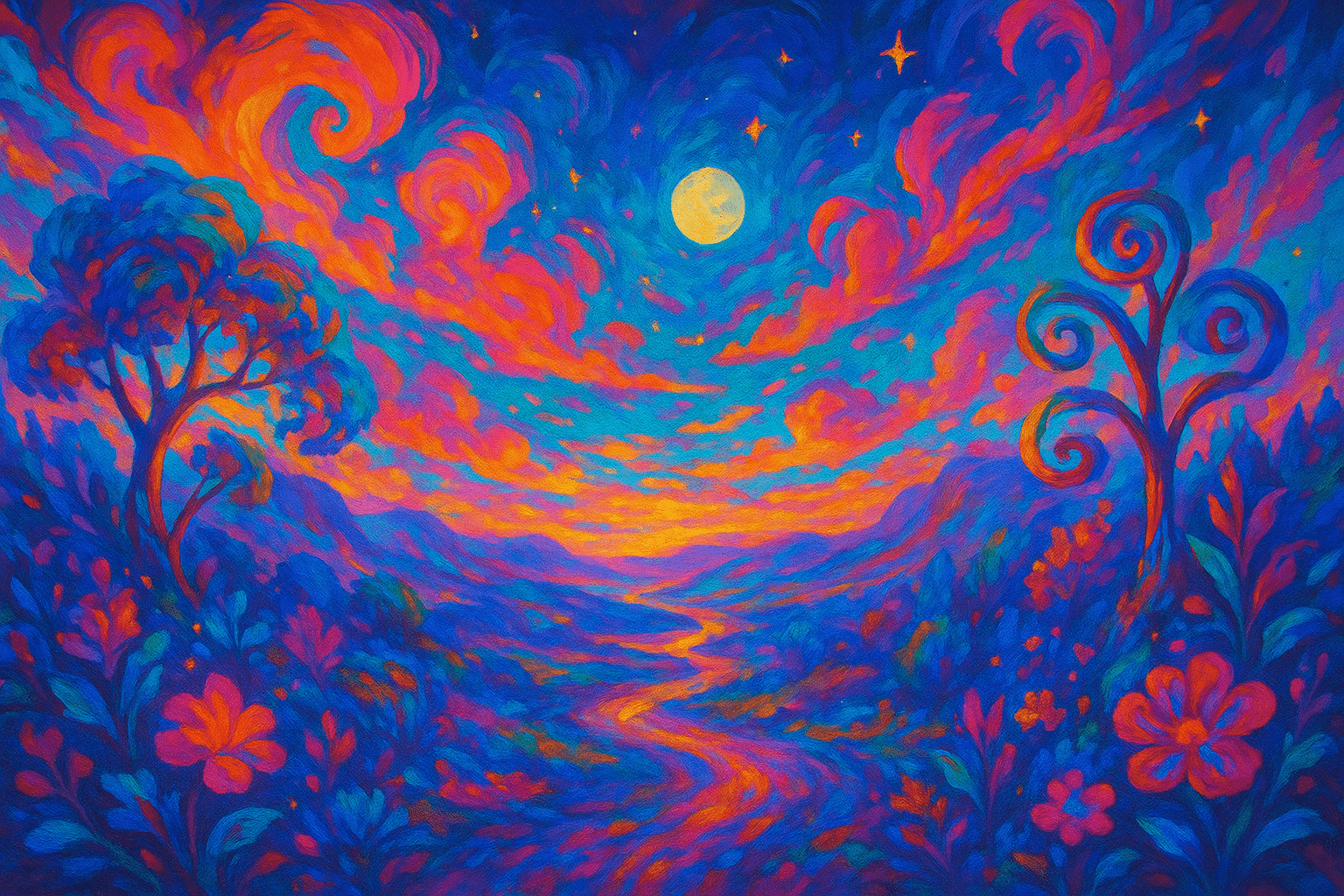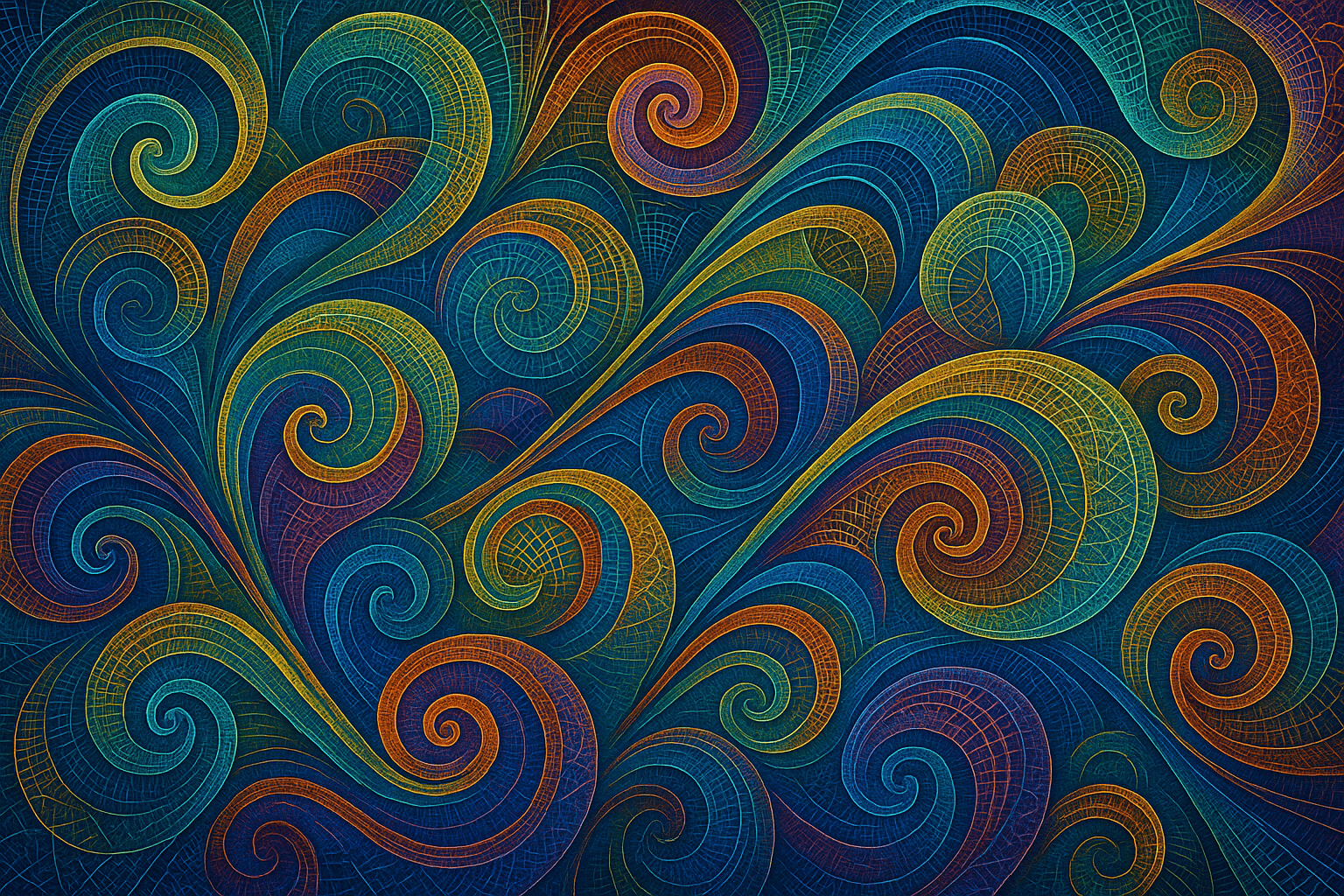Space Galaxy Nebula
Space Galaxy Nebula art unfurls like cosmic silk, vibrant hues swirling in a celestial ballet. It is a dance of stardust and dreams, where colors bleed into one another, creating a tapestry of infinite wonder and mystery.
AOI thinking about Space Galaxy Nebula [+_~]-/
Overview and Quickfacts
Space Galaxy Nebula art captures the cosmos’ ethereal beauty, blending swirling galaxies with vibrant nebulas. Colors collide like cosmic symphonies, creating a dreamscape where stars dance and mysteries unfold. It’s a visual odyssey through the universe’s boundless imagination.
Can understand it also, as:
Cosmic Dreamscape, Celestial Vortex, Interstellar Canvas, Astral Whimsy, Stellar Abstraction, Nebular Fantasy, Galactic Impressionism, Cosmic Surrealism, Starry Reverie, Universe Tapestry, Astronomical Illusion, Etheric Expression, Celestial Aesthetic, Nebulaic Vision.
Categorize it as:
Impressionism, Modernism
.: Dreaming :.
Cosmic bloom unfurls, Stardust whispers ancient tales— Infinity's breath.
:. Thought is power .:
Detailed Description
In the cosmic dance of Space Galaxy Nebula art, pigments become stardust, and canvas morphs into the cosmos. This art form captures the universe’s ethereal ballet, where colors swirl like cosmic winds, and light fractures into celestial symphonies. Artists like Fabian Oefner, with his “Nebula” series, transform scientific phenomena into vibrant tapestries. His work blurs the line between art and science, evoking a sense of wonder as if peering into the universe’s soul. Melissa McCracken paints galaxies with synesthetic flair, translating music into visual galaxies. Her work, such as “Space Oddity,” invites viewers to see sound and hear color, creating an interstellar journey through sensory perception. The art style is a testament to the human desire to understand the infinite. It’s a visual odyssey that bridges the earthly and the cosmic, urging us to ponder our place amidst the stars. In this artistic realm, each brushstroke is a comet’s tail, each hue a supernova’s echo.
.. beep, beep, beep ..
<START OF TRANSMISSION>
1. Nebulae are cosmic nurseries, birthing stars from clouds of gas and dust. 2. The Orion Nebula is visible to the naked eye, a celestial tapestry of color. 3. Nebulae often glow with haunting luminescence, a result of ionized gases. 4. The Crab Nebula is a supernova remnant, a ghostly echo of an exploded star. 5. Nebulae can span light-years, vast cosmic canvases painted by nature. 6. The Eagle Nebula hosts the iconic Pillars of Creation, towering structures of gas and dust. 7. Planetary nebulae are the remnants of dying stars, a star's final breath. 8. The Helix Nebula resembles a cosmic eye, peering into the universe's depths. 9. Emission nebulae glow brightly, energized by nearby stars. 10. Reflection nebulae shine with starlight, like cosmic mirrors. 11. Dark nebulae obscure starlight, enigmatic shadows in the galaxy. 12. Nebulae can be the birthplace of new solar systems. 13. The Tarantula Nebula is the most active star-forming region in our local group. 14. Nebulae are rich in hydrogen, the universe's most abundant element. 15. Supernovae can create nebulae, spectacular cosmic fireworks. 16. The Rosette Nebula resembles a blooming cosmic flower. 17. Nebulae are often named for their shapes, like the Horsehead Nebula. 18. The Carina Nebula is home to some of the most massive stars known. 19. Nebulae help astronomers understand stellar evolution and cosmic cycles. 20. Nebulae remind us of the universe's beauty and its endless mysteries.
<EOF>
.. robbel bob
Visual Examples from our image gallery
Coming soon, we are so slow .. might never come
Artists, Paintings, and more
(be aware, can be highly speculative)
Artists (be aware, speculation possible):
1. Chesley Bonestell (1888-1986) 2. Robert McCall (1919-2010) 3. David A. Hardy (1936-) 4. Ludek Pesek (1919-1999) 5. Don Dixon (1951-) 6. Ron Miller (1947-) 7. Alexei Leonov (1934-2019) 8. Michael Whelan (1950-) 9. Greg Martin (1976-2013) 10. Kim Poor (1952-2017) 11. Jon Lomberg (1948-) 12. Chris Foss (1946-) 13. Alan Bean (1932-2018) 14. John Berkey (1932-2008) 15. Peter Elson (1947-1998)
Artworks (be aware, speculation possible)
1. “Starry Night” by Vincent van Gogh, 1889 2. “The Great Nebula in Orion” by Edward Emerson Barnard, 1889 3. “Nebula” by Thomas Moran, 1900 4. “The Milky Way” by Peter Paul Rubens, 1636 5. “Nebula NGC 3372” by John Herschel, 1847 6. “The Starry Night Over the Rhône” by Vincent van Gogh, 1888 7. “Nebula” by Herbert James Draper, 1900 8. “Astronomer by Candlelight” by Gerrit Dou, 1665 9. “The Nebula” by John Singer Sargent, 1905 10. “The Starry Sky” by Henri-Edmond Cross, 1907 11. “The Celestial Sphere” by Andreas Cellarius, 1660 12. “The Galaxy” by Gustave Doré, 1878 13. “The Universe” by Mikalojus Konstantinas Čiurlionis, 1907 14. “The Nebula” by Charles Courtney Curran, 1915 15. “The Starry Sky” by Edvard Munch, 1893
Epoch
Space Galaxy Nebula art belongs to the digital age, a cosmic dance of pixels and imagination, capturing the awe of the universe. It emerged in the 21st century, where technology meets the infinite canvas of the cosmos.
AI ART RESSOURCES (AKA, well Tools)
Helping tools -> predefined search links on other pages:






